Clematis Integrifolia (Solitary Bush Clematis) – 1 Gallon Pot
$49.97 Original price was: $49.97.$34.98Current price is: $34.98.
SKU: D2LSC 7904720555 Categories: Clematis Vines, VINES & CLIMBERS
- Experience the difference quality makes.
- Buy with Peace of Mind
- Free Shipping, No Compromise on Quality
- High quality products, hassle-free returns.

Solitary Bush Clematis
Clematis integrifolia
Other Names: Solitary Clematis, Bush Clematis, Solitary Virgin’s Bower
Plant Details
USDA Plant Hardiness Zones: 4a-9b (3?) Find Your Zone
Plant Type: Flowering Bush
Height or Length at Maturity: 1.5-2′
Width at Maturity: 2-3′
Spacing: 2′ apart for solid groupings; 5′ apart for space between plants
Spacing: 2′ apart for solid groupings; 5′ apart for space between plants
Growth Habit / Form: Dense, Mounding, Clump Forming
Growth Rate: Moderate to Fast
Flower Color: Purplish Blue Shades with Creamy White anthers
Flower Type: Single, Bell Urn shaped
Flower Size: 1.5″
Flowering Period: Late Spring to Early Fall
Flowering Period: Late Spring to Early Fall
Fragrant Flowers: No
Foliage Color: Medium Green
Fragrant Foliage: No
Sun Needs: Full to Mostly Sun, Part Shade, All Day Lightly Filtered Sun
Water Needs: Average
Soil Type: Clay (Amend heavy clay to ensure good drainage), Loam, Sandy, Silt
Soil Drainage: Moist but Well Drained
Soil pH: 5.5 – 7.0
Maintenance / Care: Low
Pruning Group: 3
Attracts: Butterflies, Hummingbirds, Beneficial Pollinators, Visual Attention
Resistances: Cold Temperatures (-30F), Deer – more info, Disease, Heat, Humidity, Insect, Black Walnut
Description
Unlike many other clematis which climb and twine, as its common name suggests the Solitary Bush Clematis, scientifically known as Clematis integrifolia, is a non-climbing variety that forms a dense bushy mound in the garden. Solitary, nodding, urn-shaped, purplish blue flowers, each with four twisted sepals and creamy anthers, are produced in abundance from late spring through mid summer with lighter bloom continuing through September. Each flower appears solitarily atop its own shepherd hook-like slender 8-inch stalk, hence the common name. The flowers are followed by very attractive, plumose, silvery-green seed heads that persist through winter. Medium green, conspicuously-veined ovate-lanceolate leaves up to 5 inches long form a dense foliage clump 1 to 2 feet tall and 2 to 3 feet wide, which makes it a perfect fit for small garden spaces and containers or as a grouping or border along a path or walkway. The butterflies and hummingbirds will thank you with their presence for planting this one!
Landscape & Garden Uses
Growing 1 to 2 feet tall and 2 to 3 wide, the Solitary Bush Clematis is ideal for use as a specimen in smaller garden spaces or in groupings or mass plantings where space allows. It makes a very nice border along paths and walkways. or in groupings in landscape and perennial borders. Also a fine selection for growing in pots, planters or tubs that can be situated on patios, decks and around other outdoor sitting or living spaces where the pretty nodding flowers and the butterflies and hummingbirds feeding can be viewed from close up. A fine addition to Clematis gardens, blue theme gardens, cut flower gardens, and cottage gardens.
Suggested Spacing: 2 feet apart for solid grouping or border; 5 feet or more apart for space between plants
Growing Preferences
Solitary Bush Clematis is easy to grow in a moist but well-drained soil of average fertility and full sun to part shade. It will appreciate occasional watering to keep the soil moist in the event of a prolonged drought. As with many other clematis, it likes its roots cool during the summer. This can be accomplished with a 2-inch layer of mulch or by surrounding it with trailing plants. Bloom occurs on the current year’s growth. Stems die back to the woody base each year in fall after frost so no need for pruning.
Helpful Articles
Click on the link below to find helpful advice from our experts on how to plant and care for Clematis vines
How To Plant A Clematis
How To Prune A Clematis
Plant Long & Prosper!
Questions? Contact Us!
Be the first to review “Clematis Integrifolia (Solitary Bush Clematis) – 1 Gallon Pot” Cancel reply
Related products
Sale!
Clematis Vines
Sale!
Clematis Vines
Sale!
Clematis Vines
Sale!
Clematis Vines
Sale!
Clematis Vines
Sale!
Clematis Vines
Sale!
Clematis Vines
Sale!
Clematis Vines







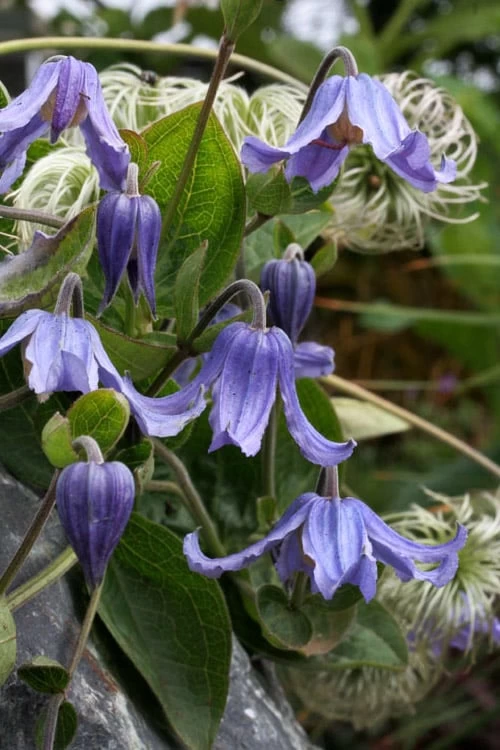
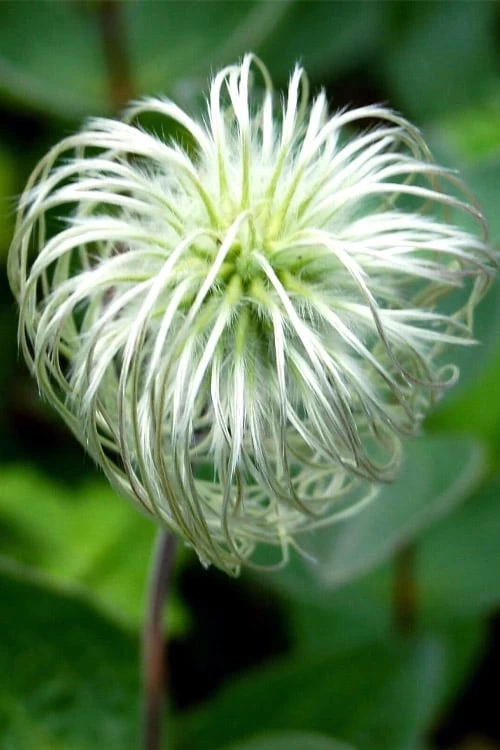

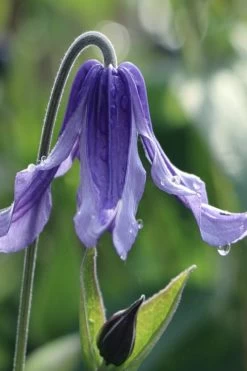
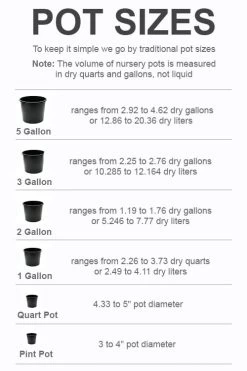

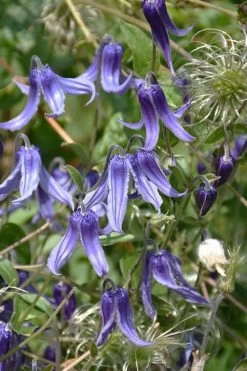

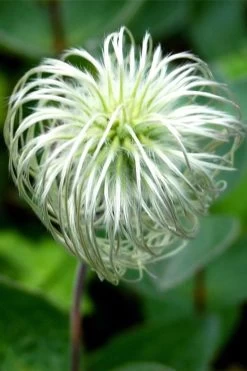
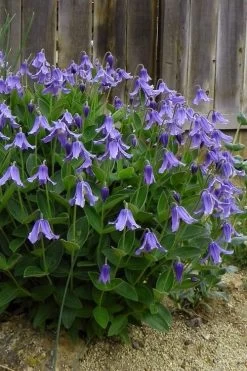


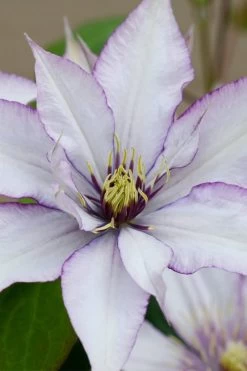

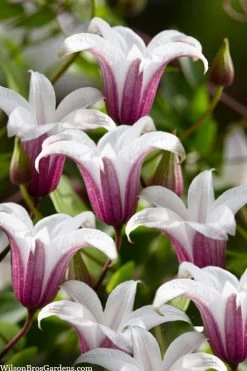
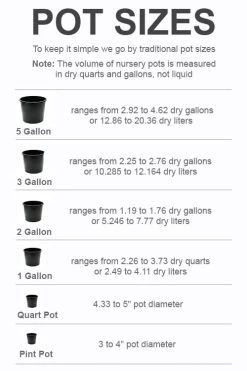
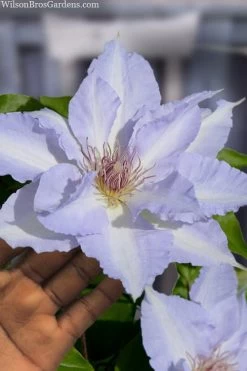

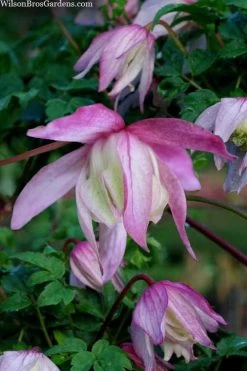
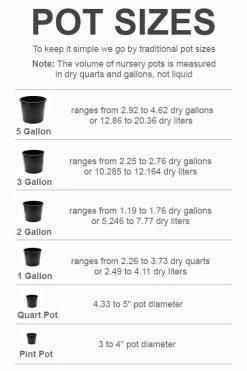

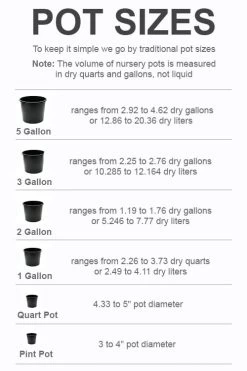

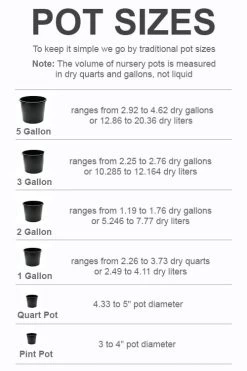
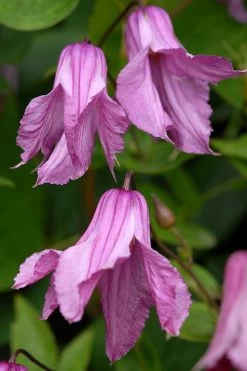

Reviews
There are no reviews yet.